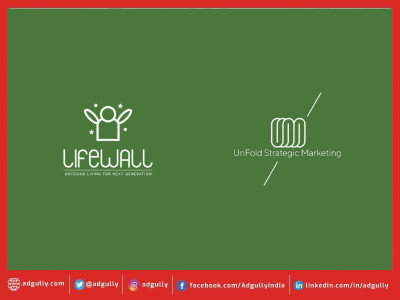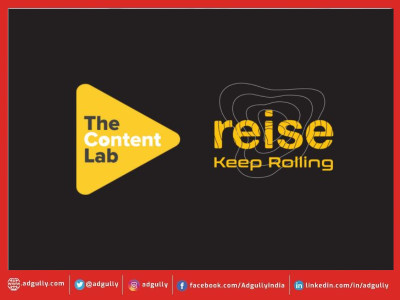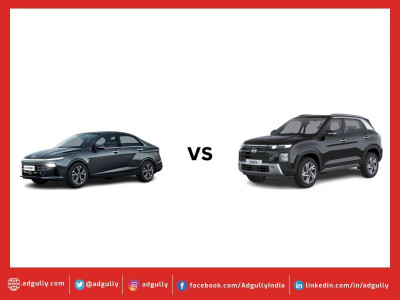Coke has its eyes set on doubling size of business in 5 years: James Quincey
India has become the 5th largest market by volume for The Coca-Cola Company. Coca-Cola India achieved this feat on the back of an impressive 1-billion-unit case sale in 2019. Contributing to the “solid growth,” India presents a promising opportunity to become one of the top three markets for the company soon.
With this, India has overtaken Japan to join The Coca-Cola Company’s largest markets globally, including the US, Mexico, China and Brazil. This announcement was made by James Quincey, Chairman and CEO of The Coca-Cola Company at a press meet in Mumbai yesterday (March 2, 2020). During his last visit to India in 2017, Quincey had set the goal for Coca-Cola India to become the 5th largest market for the company with aim to be amongst the top three markets in future. At that time, India had become the 6th largest market for the beverage company, overtaking Germany.
Coca-Cola in India is transforming into becoming a ‘Total Beverage Company with strong local roots’. For the last two years, the portfolio of beverage offerings has expanded in a segmented manner. The company has acutely focused on listening to the consumers and offering beverages to match their evolving preferences and going hyperlocal. India being one of the strategic markets for The Coca-Cola Company, continues to make a strong contribution to TCCC global results, presenting opportunity and growth potential. Coca-Cola India has also optimised manufacturing and distribution networks to find the best ways to regionalise its business and create more opportunities for its local bottling partners.
Coca Cola’s bid to go hyperlocal isn’t surprising. In February 2020, ET had reported that local brands such as Jayanti Cola, Bovonto, Sosyo, Runner and Kashmira were growing at twice the rate of national beverage players like Coca-Cola and PepsiCo. According to the report, these brands have captured 24 per cent share of the beverage market in India, where Coca-Cola is leading with almost 50 per cent market share.
Robust country performance
James Quincey said, “I had spoken about my aspiration for India to become our 5th largest market and we crossed that line very recently. Also, the way we measure volume, we crossed 1 billion unit cases. It took us 21 years to get to a million unit cases, and each time they want to celebrate something, I leave them with their next challenge, which is we would like to get to the next billion cases in 5 years. The next objective is 4th on the way to becoming the 3rd largest market.”
The Coca-Cola Company has made strong value share gains with contribution from both sparkling and non-sparkling offerings. On its way to become the third largest market within the system, Coca-Cola India will continue to accelerate its evolution by offering choice to its consumers.
As a part of company’s refreshed approach, Coca-Cola India will continue to grow its core brands by rolling out new variants across Thums Up, Limca, Fanta, Sprite and Maaza, including no-sugar extension; at the same time diversifying its portfolio by entering new beverage categories like enhanced hydration, nutritious dilutables and beverage-plus at affordable price point. The company also has robust plans to market marquee Coca-Cola India homegrown brands like Thums Up and Mazaa globally in other markets.
Doing Business Responsibly
Meanwhile, with growing health concerns over consuming sugar-laced aerated beverages in India and globally, consumers are seen cutting back on carbonated beverages and instead opting for healthier or nutritious beverage variants. Despite this, Quincey remains upbeat, insisting that, “globally and in India, the sparkling beverage category continues to grow. It has been growing for a series of reasons, mainly because we’ve made them more relevant for consumers. The Coke trademark on a global basis grew at its fastest rate in the last 10 years till 2019. In India, brands like Thums Up and Limca continue to grow robustly”.
The company has undertaken a slew of initiatives and has invested heavily in the Indian market. In 2017, Coca-Cola committed $1.7 billion (Rs 11,000 crore) towards the Indian agri-ecosystem for the next five years under its Fruit Circular Economy initiative. Coca-Cola system in India is also invested towards addressing other focus areas such as water stewardship, sustainable agriculture and recycling. Through these initiatives, the company aims to strengthen the connection its brands have with the consumers and the communities at large.
An inclusive focus on environmental, social and governance is an integral part of Coca-Cola India’s business and its interaction with the environment and communities. For The Coca-Cola Company, sustainability and giving back to society remains at the core of its business operations. The company has identified and launched significant global and local initiatives as a part of this endeavour to be a true enabling partner in the growth of all its stakeholders. Global initiatives like ‘World Without Waste’, where by 2030, for every bottle or can be sold globally, the company aims to help to take one back, so it has more than one life – a one-for-one collection and recycling system.
The India chapter of ‘World Without Waste’ initiative is aligned to the Government of India’s Swachh Bharat (Clean India) Mission, where the company’s bottling partner, Hindustan Coca Cola Beverages Pvt Ltd (HCCBPL) in partnership with the United Nations Development Programme (UNDP) launched Project Prithvi, which is operational in 28 cities across India and plans to roll out in 50+ cities across India by 2020.
The road ahead
While the company refrained from revealing their marketing plans, Quincey informed that their investments were growing and would be in line with the growth in business. The brand is investing heavily on Cricket. Last year, they had announced their 5-year association with ICC until 2023, where they would become its exclusive beverage sponsor. Their mainline brand, Coca-Cola associated with the Vivo IPL 2019 and reportedly spent Rs 500 crore on advertising and marketing. Their widely promoted IPL campaign had a reach of 70 million and generated 4 billion impressions.
Media reports confirm that Coca-Cola India will once again associate with the cricketing property this year.
Speaking about entering new categories, Quincey said, “Over the years, we’ve often asked ourselves the question, should we set a target for this much juice, this much sparkling beverage, this much water?”
“In the end, despite the certain attractiveness in setting those targets, we have decided not to. The reason for that is the central idea that we need to be driven by the consumer. If we believe 20 per cent needs to be sparkling beverages, then we are telling the consumer what they ought to drink,” he added.
He further said, “Each brand in each category needs to do the best job for it and the company and then the consumer will decide whether they want more value added to dairy drinks, or more to nutritious drinks. Companies get into trouble when they start to tell consumers what they want to consume rather than be guided by their behaviour. We do see that we need to expand the portfolio and Coca-Cola India has done a good job of adding new products, but we must do it with the mindset of what the consumer wants rather than try to push what we want to sell.”
















Share
Facebook
YouTube
Tweet
Twitter
LinkedIn